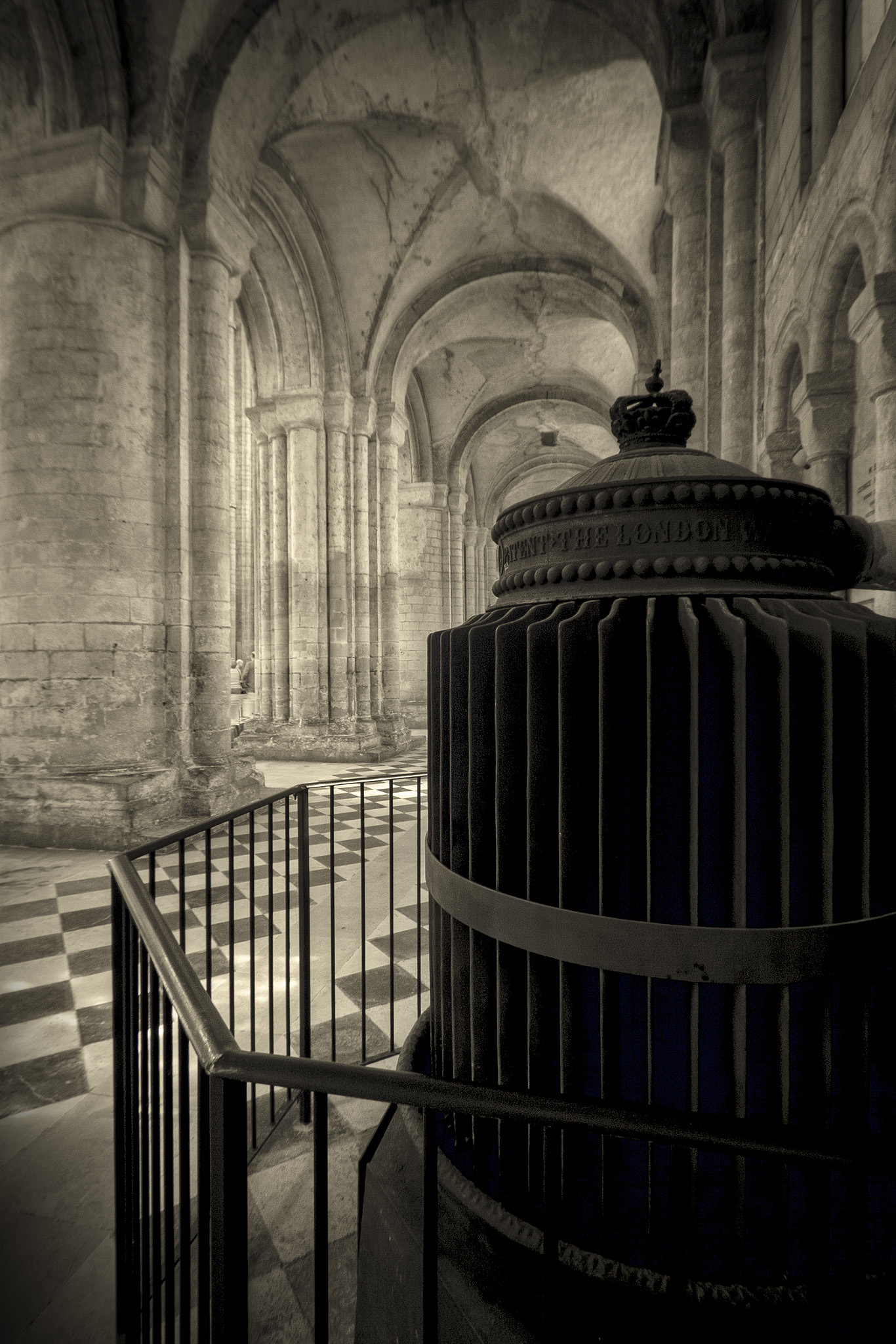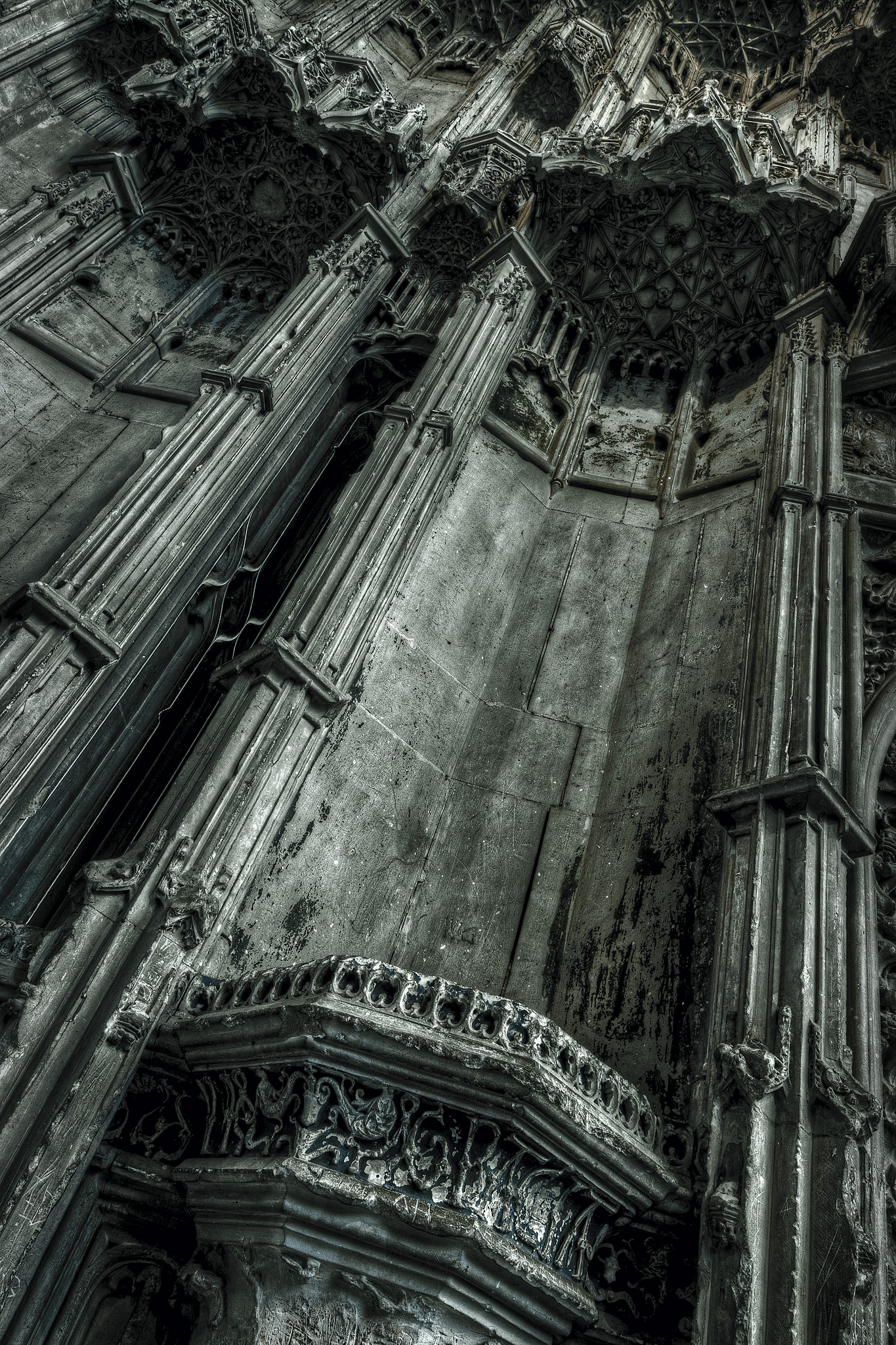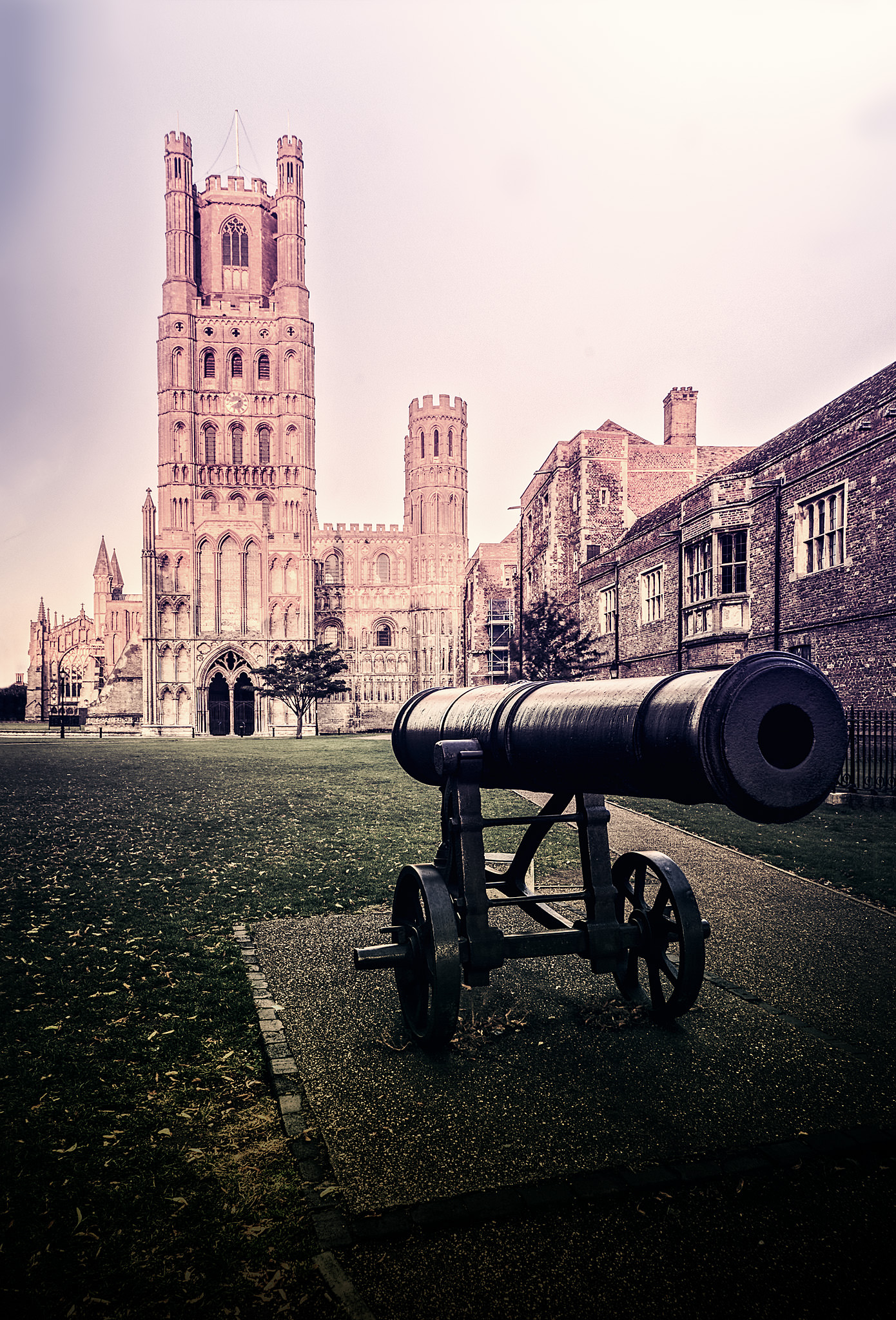Ely Cathedral, Eastern England



Ely started its life as a monastery, which was founded by Etheldreda who was the daughter of the king of the East Angles in 630. Etheldreda was given the Isle of Ely as a dowry when she married a local Prince. After he died, she then married Prince Egrid of Northumbria, who later became King of Northumbria. It is amazing that we have this 7th century history. Etheldreda later joined a monastery and died of a throat tumor brought on by bubonic plague.
After Etheldreda’s death she was declared to be a Saint and her body was moved a few times but in 1106 she was moved into a new Norman church at Ely and in 1253 into a fine Presbytery built to honor her. This was larger and better able to cope with the number of pilgrims arriving at her shrine.
In 970 Ethelwold, Bishop of Winchester, re-consecrated Ely’s monastery as a Benedictine foundation for men. While the first Abbot was in charge, the church was restored and steps were taken to increase revenue. This included the theft from the nearby monks of East Dereham of the body of Withburga, St. Etheldreda’s sister. This was done to increase funds- holy relics brought pilgrims and pilgrims brought money.
After the Norman conquest of 1066, Thurstan, the last Saxon Abbot surrendered to the Normans. He had grown tired of having Hereward’s soldiers at the monastery and wished to avoid the Norman’s wrath. For his efforts he was rewarded with Norman fines and the confiscation of the abbeys lands.
In 1081 Simeon, a relative of William the Conqueror was appointed Abbot of Ely. Just two years later he began building the Cathedral church at Ely we see today. Limestone from Barnack near Stamford was used; this was brought to Ely by water. By 1106 the east end had been completed.
In 1109 the monastic church became a Cathedral and the Diocese of Ely was created. Abbot Hervey le Breton, became the first Bishop. This also allowed for diocesan funds to pay for additions to the Cathedral and in 1215 Bishop Eustace added the Galilee porch. This work shows the early English style, superseding the Romanesque architecture. Bishop Hugh Northwold added the Presbytery in 1252.
In 1322 the central tower collapsed, destroying the three bays that remained from the Norman choir, along with parts of the nave and transepts. This was replaced with the octagon and lantern tower we see today. The tower is 18 meters (60 feet) tall.
The innovation of the octagon tower is attributed to Alan de Walsingham, a monk and administrator at the cathedral. Rather than just rebuilding the tower, he enlarged the crossing by removing the remains of the old tower’s supporting pillars and taking a bay from each of the four sides, to create the space which is 23 meters in diameter (74 feet). This is was a unique idea for church architecture.
While the octagon itself took 6 years to build, the lantern at the top took 12 years. Edward III’s master carpenter was employed to figure out a way to hold up the lantern, which weighs 200 tons. The result is a masterpiece of medieval engineering and architecture.
In the octagon, the intricate sculptures on the pillars date from 1325 and show scenes from the life of St. Etheldreda. The heads on the octagon arches are of the same period.
The Cathedral was neglected after the reformation, up until 1839 when Dean George Peacock arrived and employed the architect Sir George Gilbert Scott, together they restored the Cathedral and carried out extensive repairs, adding the pinnacles to the octagon tower.
The elaborate hammer-beam roofs of the transepts are completed with angels and are an early 15th Century addition. They were repaired and re-gilded by the Victorians.
Part of the wood carvings in the choir are 14th Century and created at the same time the octagon was built. Some are also early English and date from the 13th century. Some of the misericords are also medieval. Most of the work however dates from the Victorian era.
Ceiling in the bishops west Chantry. In the middle ages wealthy people built Chantry Chapels where they could be buried and have prayers said for them. These were usually small and elaborate chapels.
This image shows pinnacles over niches whose statues were destroyed during the reformation. Located in the Chantry Chapel at Ely Cathedral.
The Lady Chapel at Ely Cathedral is the largest of its kind in England. The stone vault is 12 meters (40 feet) wide. Building work started in 1321 and it was completed in 1349. In the 13th and 14th centuries it became common to build a Chapel off a Cathedral in honor of the Virgin Mary.


























